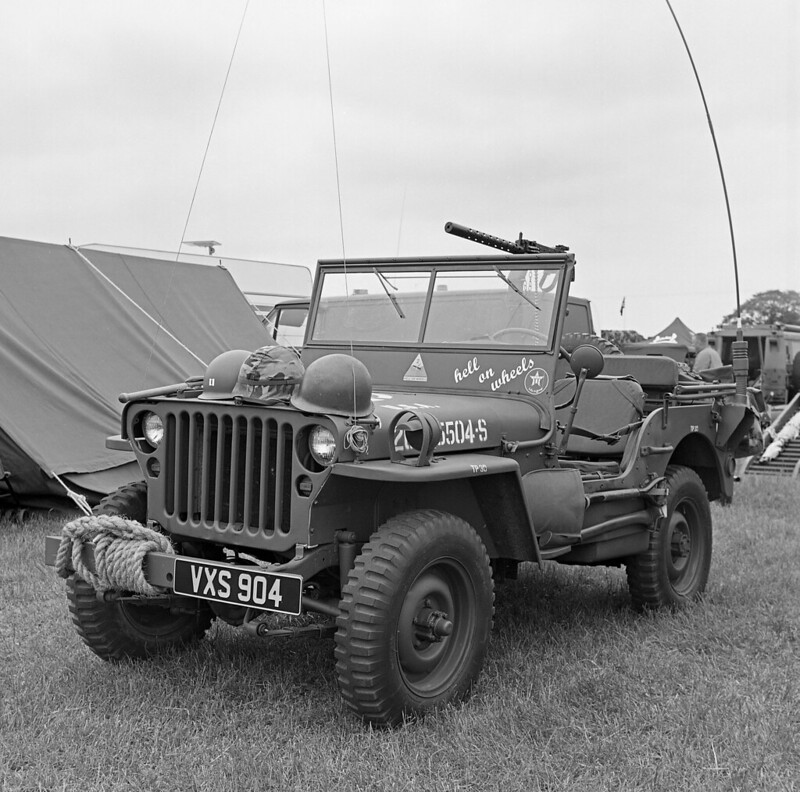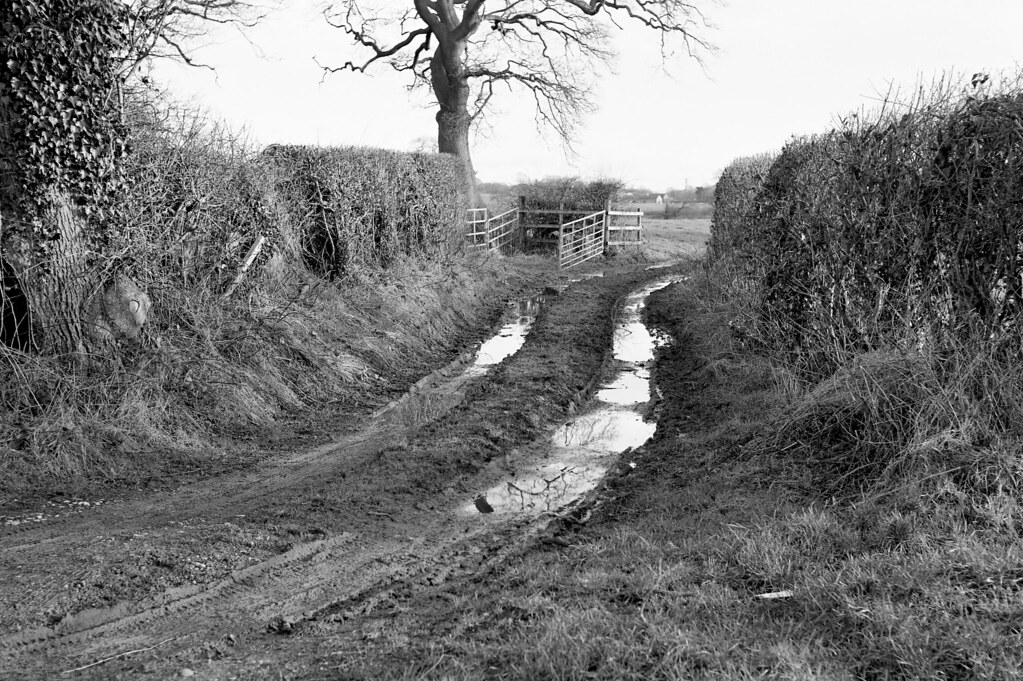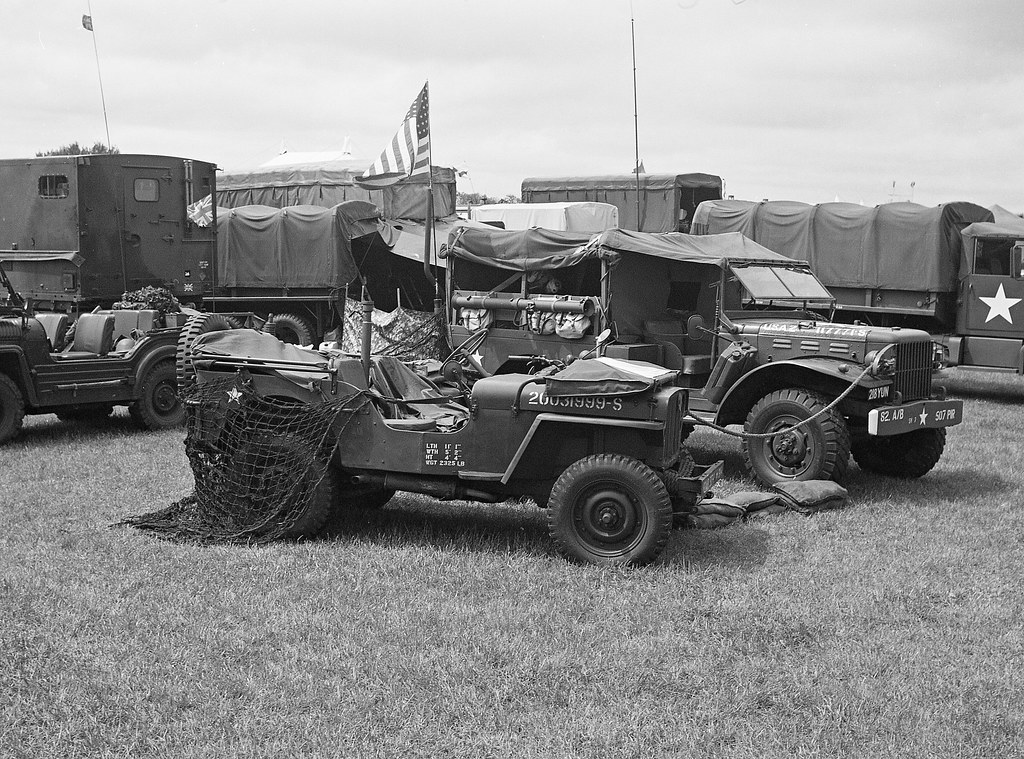- Messages
- 1,559
- Name
- Craig
- Edit My Images
- Yes
These discussions on scanning are quite wide ranging but I haven't come across much about this specific topic, so let me explain.
Medium format is something that I have wanted to use for a couple of years now and I've discussed that a little on here. The main reason by a long way that I haven't is down to the scanning and the quality* of the results attainable on a flatbed scanner**. I don't have a flatbed, so would need to factor purchasing one into the cost of a medium format system. What I do have is a dedicated film scanner for 35mm, a Plustek. The results from this are excellent and I'm very happy with this for all intents and purposes. But the quality of larger negatives is still a draw for me.
I suppose I would like experience from people with both setups, but welcome the views of others too. Does a flatbed scan of a medium format negative still give the quality* advantages that the format allows when compared to a high quality scan from a dedicated film scanner (like a Plustek) of 35mm?
Just for clarity I'm not talking about comparisons between the same format on different scanners, that has been done to death. I'm specifically talking about a medium format (lets say 6x6) on a flatbed scanner, directly against 35mm on a dedicated film scanner.
*quality is subjective I know, I'm not talking about any one specific aspect but all of them, sharpness, tonality, colour rendition etc.
** I know not all flatbeds are born the same, for the sake of argument lets say something around the level of a V700.
Medium format is something that I have wanted to use for a couple of years now and I've discussed that a little on here. The main reason by a long way that I haven't is down to the scanning and the quality* of the results attainable on a flatbed scanner**. I don't have a flatbed, so would need to factor purchasing one into the cost of a medium format system. What I do have is a dedicated film scanner for 35mm, a Plustek. The results from this are excellent and I'm very happy with this for all intents and purposes. But the quality of larger negatives is still a draw for me.
I suppose I would like experience from people with both setups, but welcome the views of others too. Does a flatbed scan of a medium format negative still give the quality* advantages that the format allows when compared to a high quality scan from a dedicated film scanner (like a Plustek) of 35mm?
Just for clarity I'm not talking about comparisons between the same format on different scanners, that has been done to death. I'm specifically talking about a medium format (lets say 6x6) on a flatbed scanner, directly against 35mm on a dedicated film scanner.
*quality is subjective I know, I'm not talking about any one specific aspect but all of them, sharpness, tonality, colour rendition etc.
** I know not all flatbeds are born the same, for the sake of argument lets say something around the level of a V700.


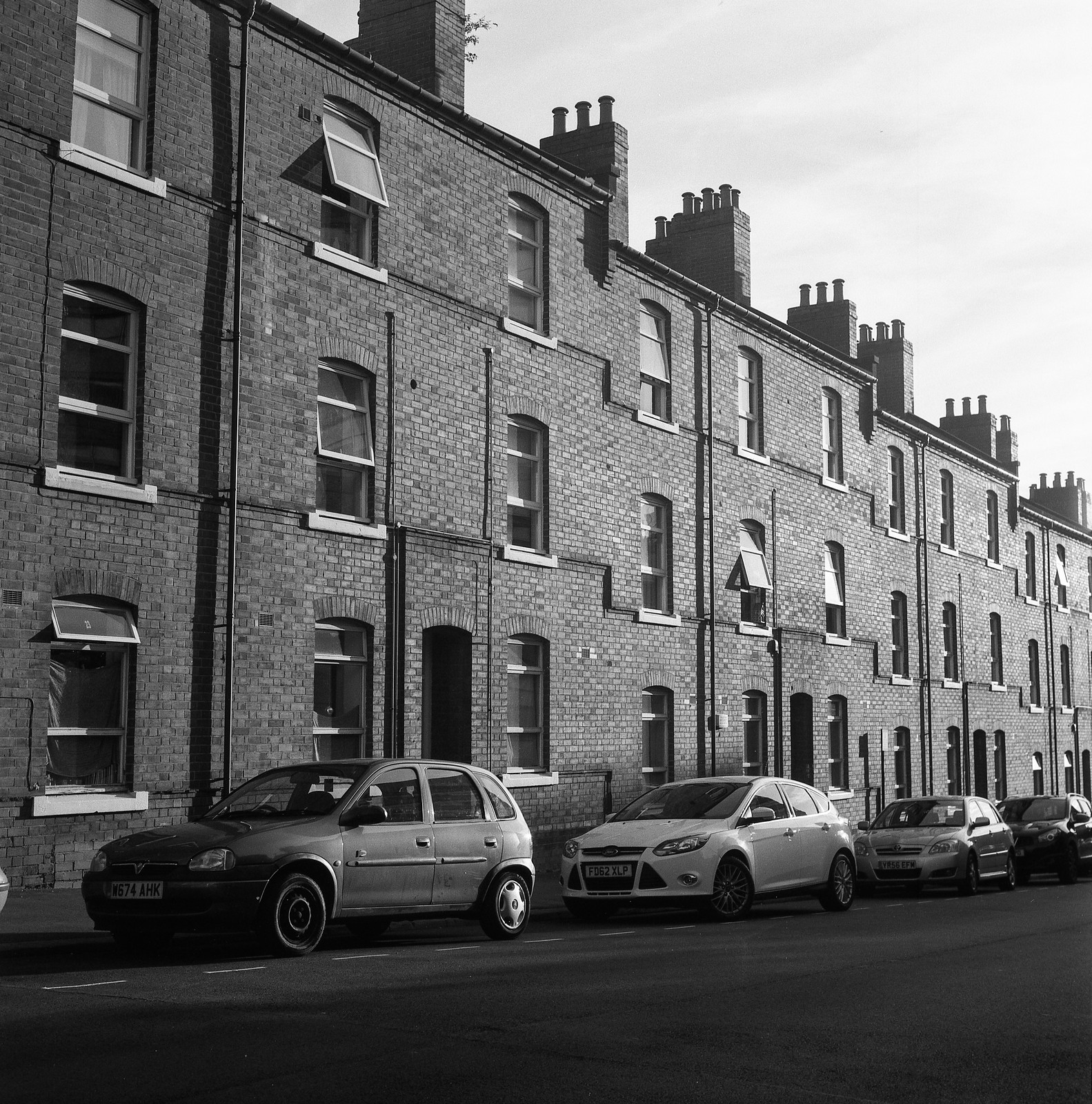



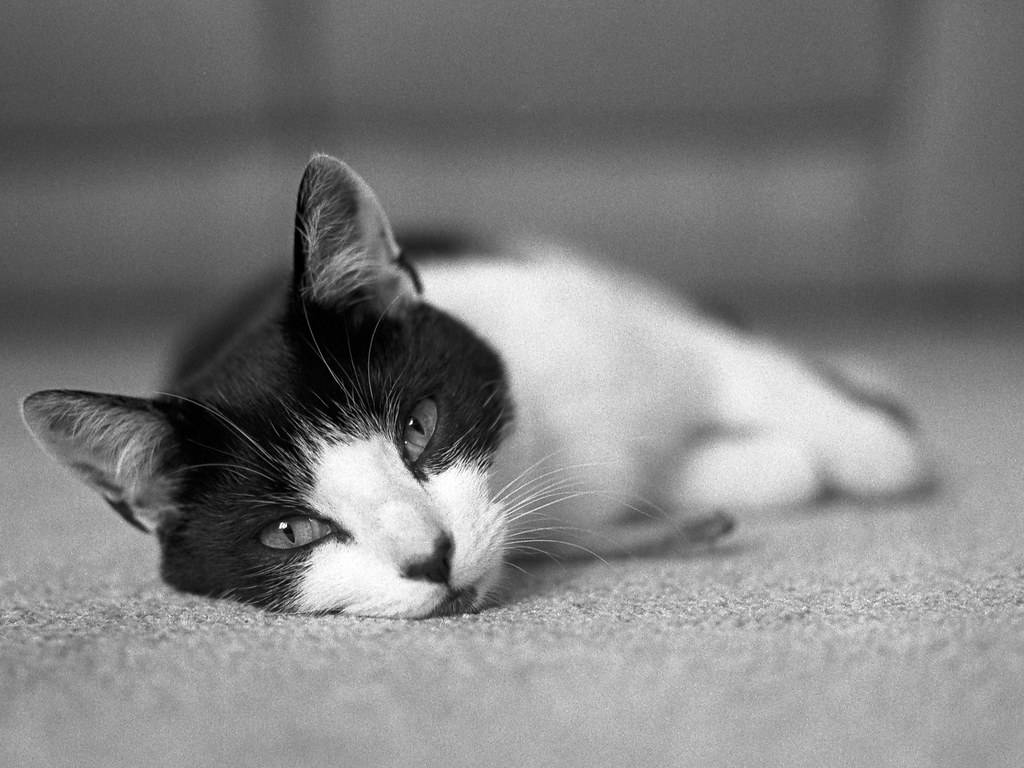 Tom Servo
Tom Servo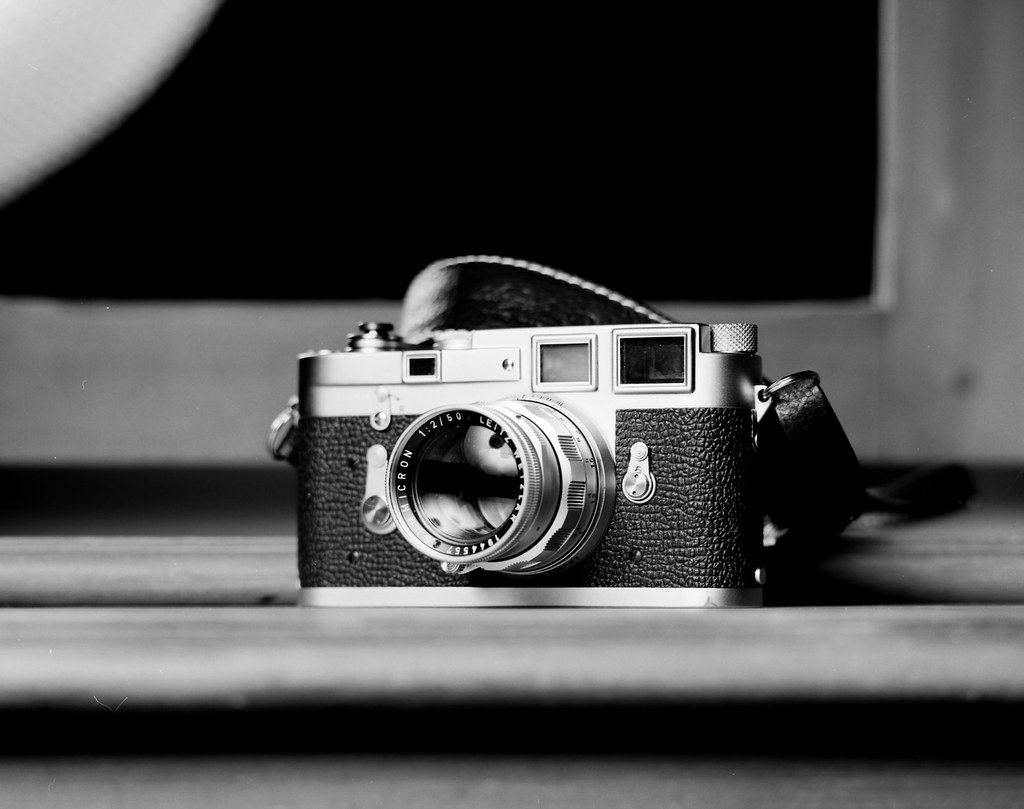 Camera Portrait I
Camera Portrait I